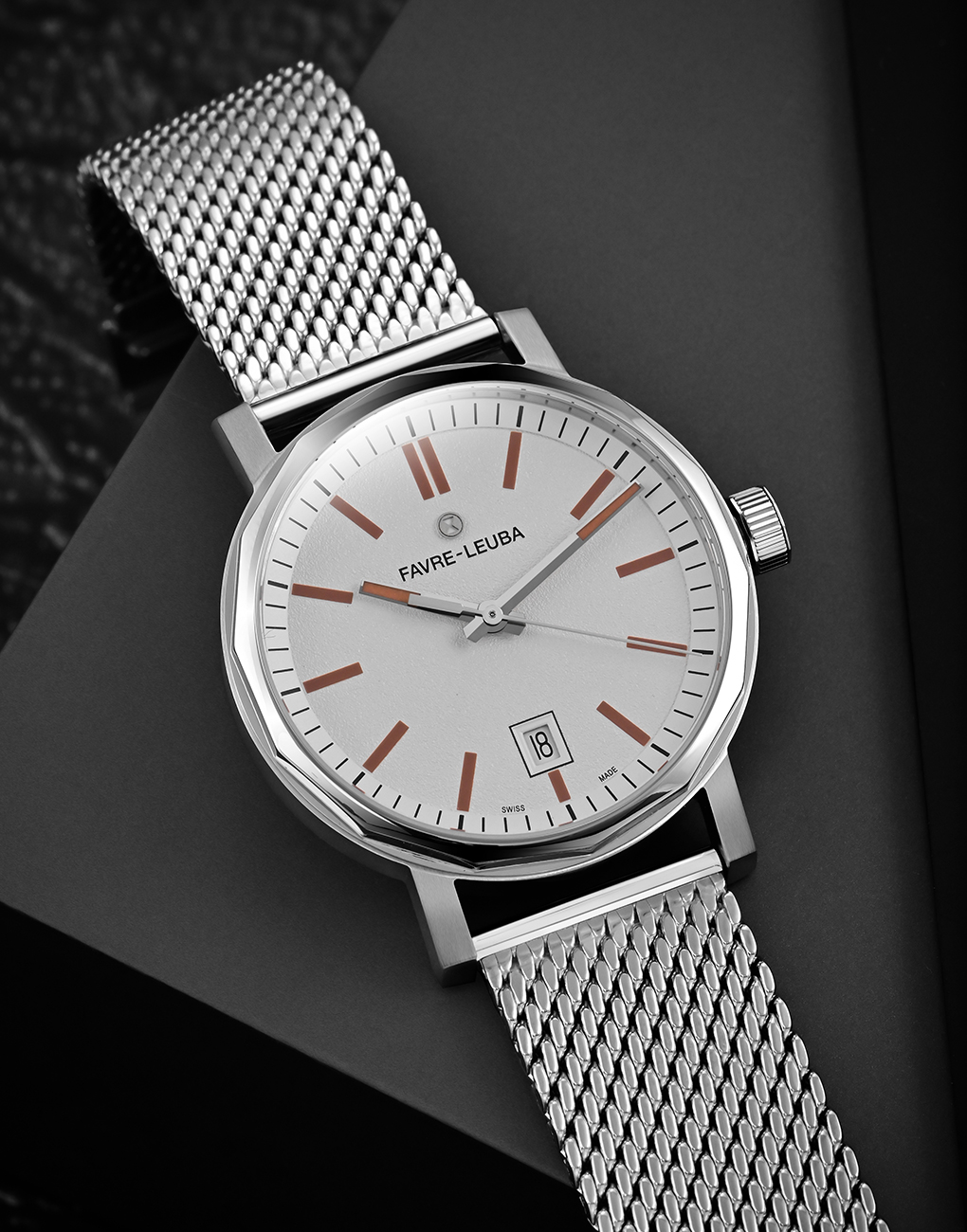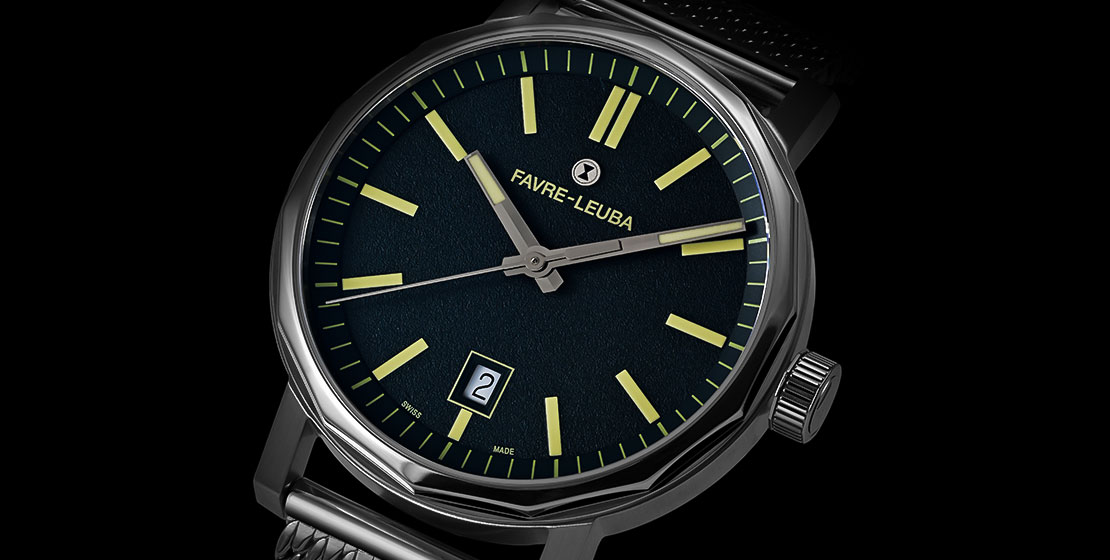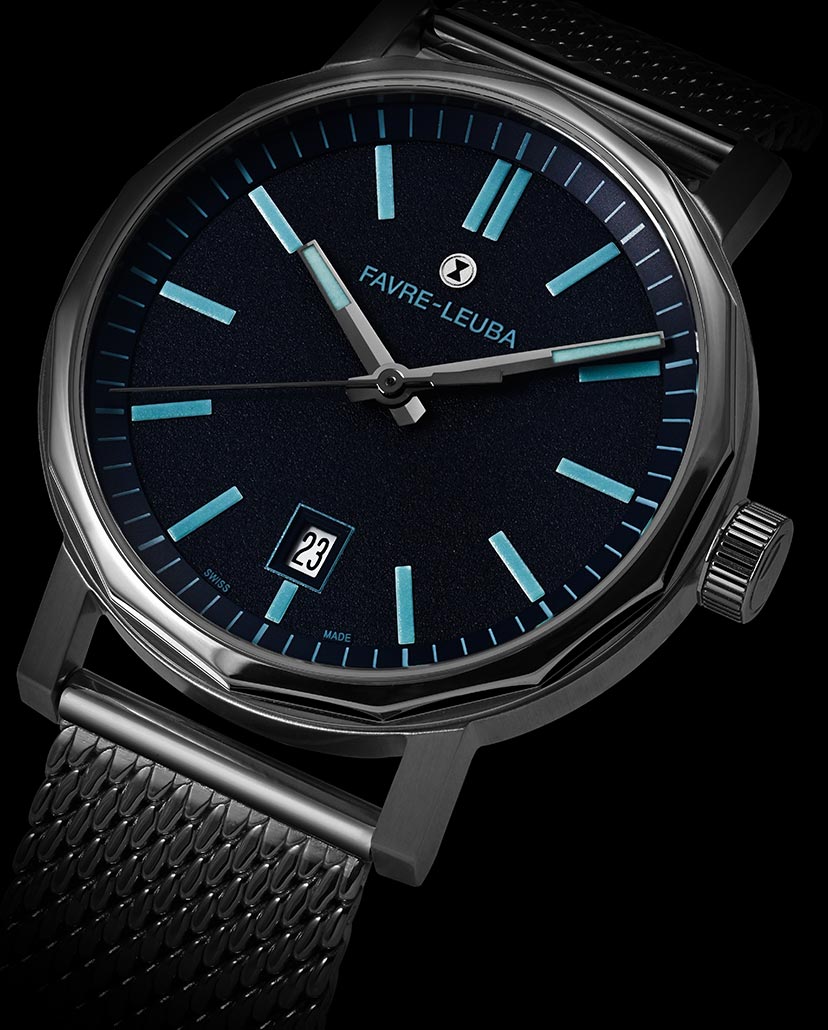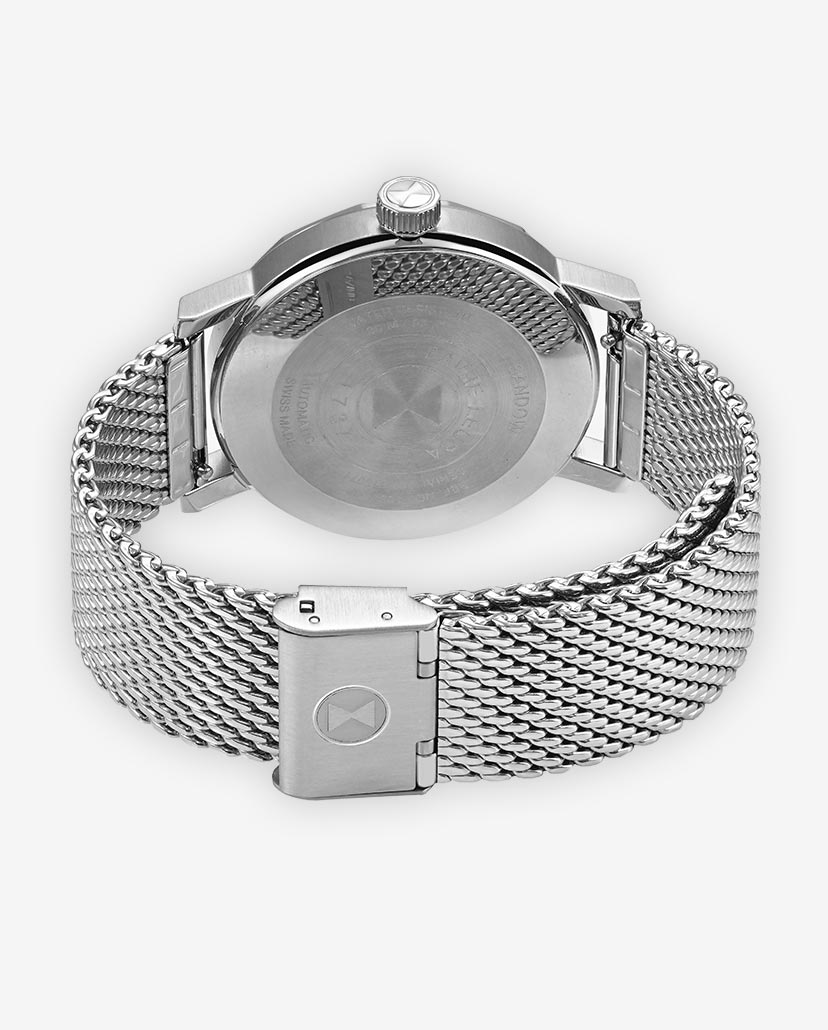ExclusiveSublime Legacy: Introducing Favre Leuba’s Evergreen Sandow Collection
With a history spanning over 250 years, Favre Leuba have become synonymous with crafting fine mechanical watches with exceptional precision. Innovative—both in design and technology—their watches are coveted by horology enthusiasts all over the world, and their Sandow collection is also imbued with the same qualities, reflective of their passion and commitment towards haute horlogerie
May We Recommend
Established in 1737 by Abraham Favre in Le Locle, Switzerland, Favre Leuba was at the helm of design, innovation, manufacturing and distribution—making it the second-oldest watch brand after Blancpain—founded in 1735. With a clear vision for growth and far ahead of its times, Favre Leuba set up operations in India in 1865—the first Swiss company to have made inroads into the subcontinent. However, the Quartz crisis in 1969 affected the sales of its mechanical watches, which were way too expensive than the cheaper quartz options and the family had no option but to sell the independent brand in the 1980s. And post that, it changed ownership multiple times. However, in 2011, the Tata Group acquired the brand and shifted the headquarters to Zug with major plans to revive the company and showcase its fine watchmaking brilliance to the world. While there are many iconic timepieces that fall under the brand’s two major collections—Chief and Raider, it’s easier to segregate them based on the plethora of functions offered such as being able to measure the diving depth, air pressure, and altitude. However, there’s also the Sandow collection, which hasn’t been talked about much and the watches here have a unique design that link the brand’s past to the present. Let’s take a look.

Sandow Collection—Born In The 1960s, Built To Last
While technology has always been the growth driver for Favre Leuba, the brand also scores high on its distinct design elements. Some of the notable timepieces such as the Bivouac, Deep Blue, Bathy and Sea Sky, were launched in the 60s and 70s, and they have become the pillars on which most of the other watches have been developed. These ingenious creations challenged the limits, broke new ground, and weren’t everyone’s cup of tea. It was also in the 1960s that the Sandow collection saw the light of day. Named after the renowned bodybuilder Eugene Sandow, who also established a famous gymnasium in the heart of London, the watches in this collection were designed to be robust, durable and sporty—without really adopting the typical bulky sports watch design from that era. They featured a cushion-shaped case, round bezel, and were still more towards the dress watch spectrum, and became an instant hit with watch enthusiasts for their perfect blend of design, functionality, and supreme accuracy. Built for people with highly active lifestyles and for the outdoors, over the years, the brand has continued to develop this collection by introducing new models that resonate the spirit of the original timekeepers from this range.
The New Age
The current watches in the Sandow collection are designed in tandem with the company’s commitment to high-quality timepieces that are a mix of both classic and modern design sensibilities. The watches are crafted in high-grade stainless steel with unique design elements that make them instantly recognisable. If one looks closely, they are inspired from the brand’s classic wristwatches from the 1940s—characterised by a reduced case size, shapely aesthetics, and excellent readability and reliability. One of the notable models that have also inspired the new creations is the Sea King Twin Power, which featured the Calibre 269 of the 250/251 movement-family—originally introduced and patented in 1962. With a height of only 2.95mm, this movement revolutionised the series production of extra-flat watches with a central second hand for Favre Leuba.
The Sandows, too, feature a basin-like dial design, with a flat, textured surface and is available in hues of blue, green, grey or white. While the entire design harks back to the dress-watch sensibilities from the 1940s and 50s, there are elements, which give make these classics extremely contemporary. The 40mm case is round but is topped by a tetradecagonal bezel, which merges seamlessly with the entire framework, almost giving an impression that it’s been manufactured in such a manner and not pieced together. The indexes are also prominent, elongated and set the tone for the dial, which is otherwise minimalist in design. They are generously sized and coated with luminescent material, allowing for supreme legibility in low-light conditions. Even the tip of the baton-shaped hands are coated with the same material. There’s a rectangular date window at six o’clock, which balances the geometry of the other elements on the watch face. The clean lines of the case also follow through to the straight lugs, which are again in sync with the watch’s overall symmetry. These are fitted with a Milanese bracelet or a strap featuring a mesh design, which was extremely popular in the early 20th century. The watches are driven by an automatic movement and are water-resistant to 30m.
While the collection draws inspiration from the 1960s, with the new Sandow collection, the brand have once again, showcased their nuanced haute horlogerie skills by beautifully bridging the past and the present, to create a truly classic watch, fit for the modern world.























